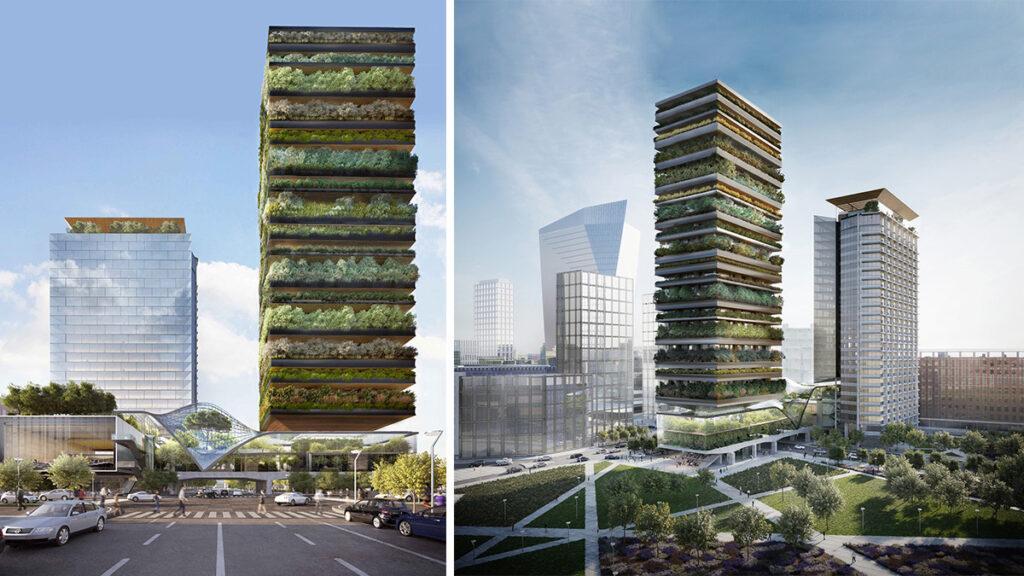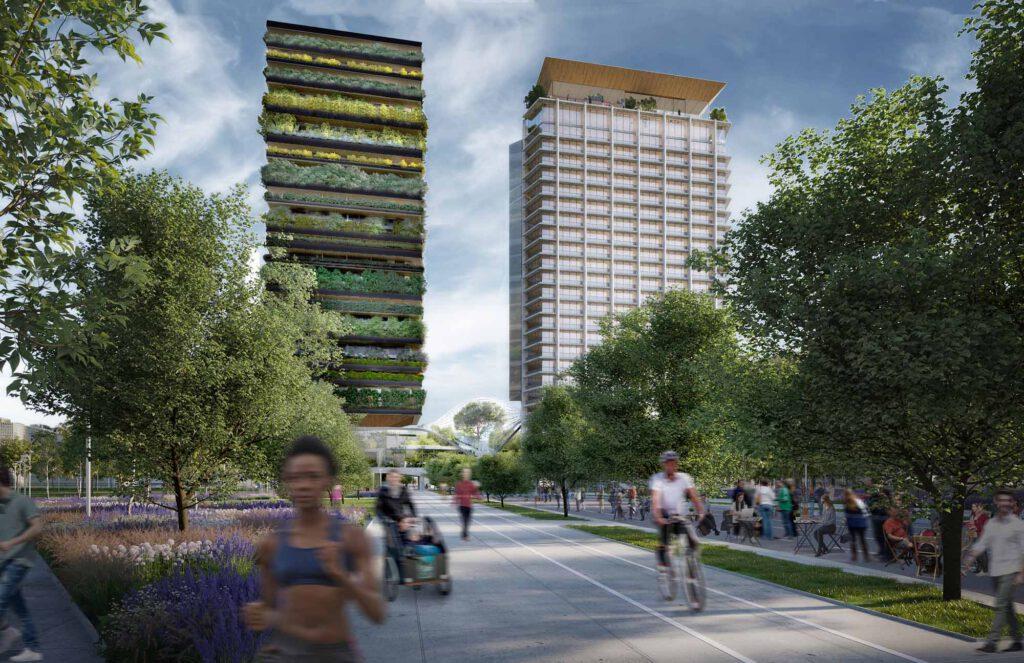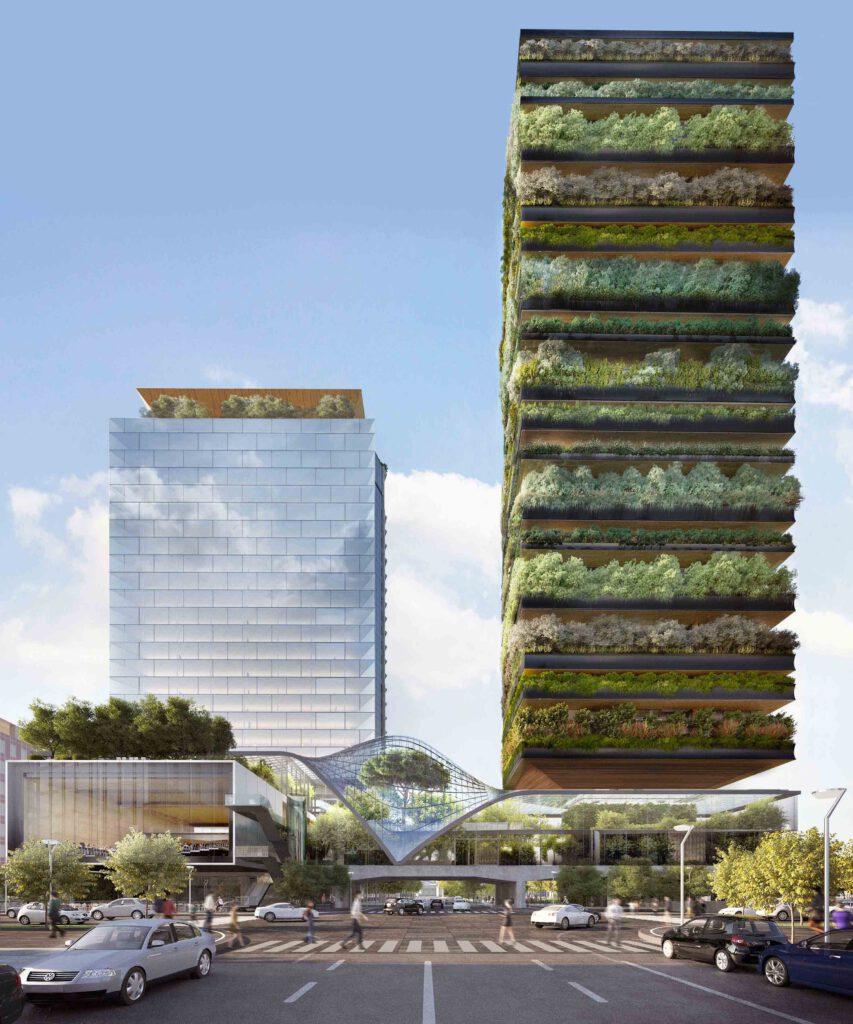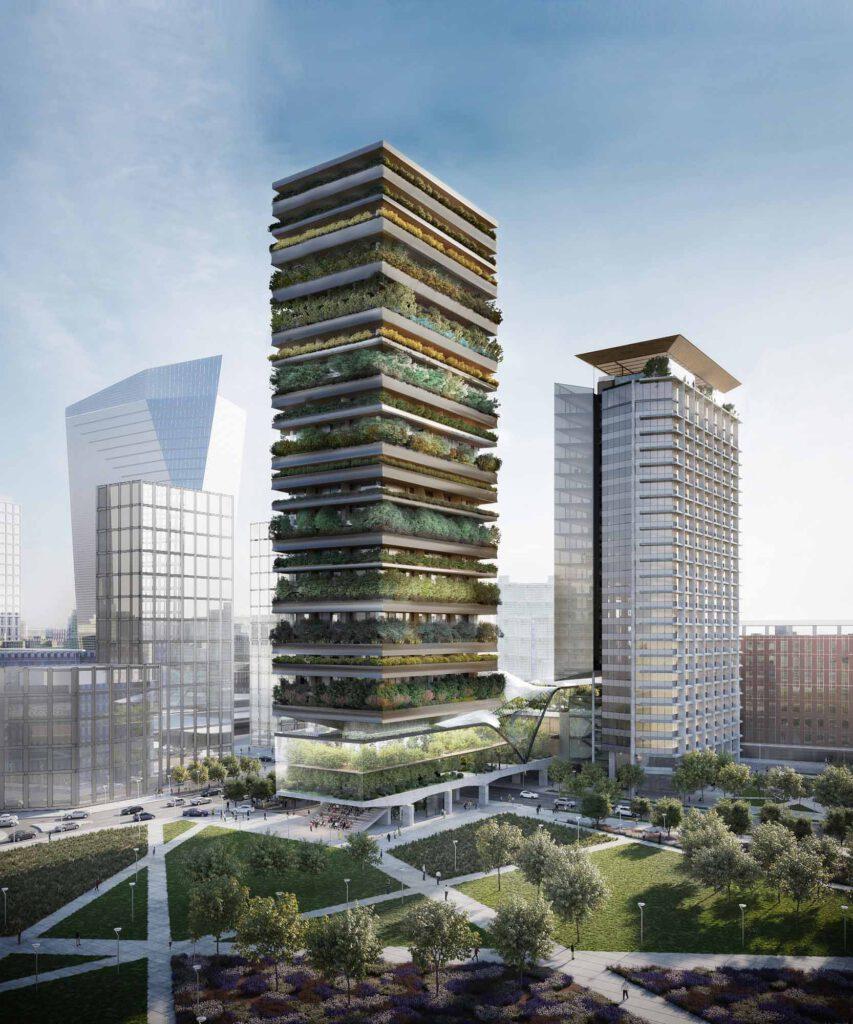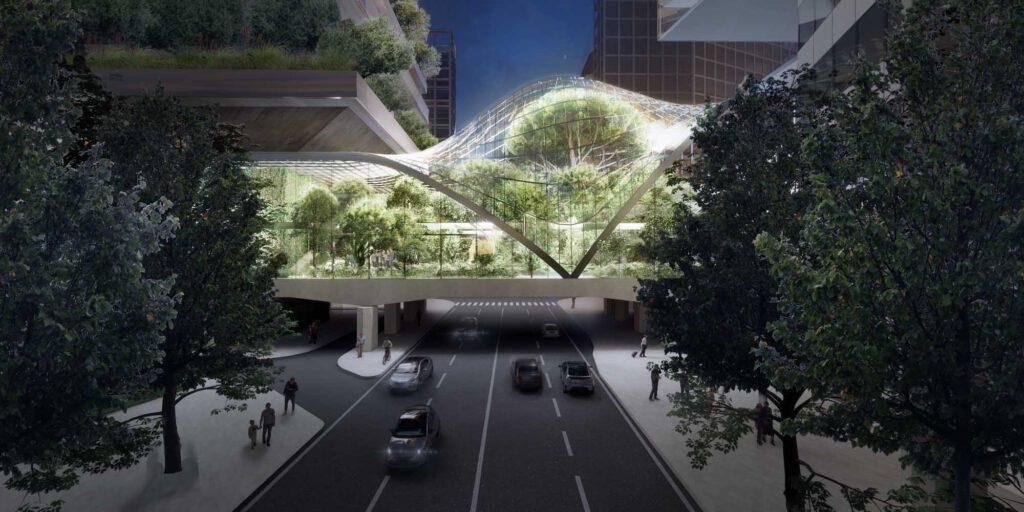Pirelli calendar for architects
Milan’s iconic but disused Pirellino office building is to be renovated in spectacular style and renamed Pirelli 39. Its special greenery will even adapt its colours to the passing seasons…
This project has been a major media focus in Milan for months now. The 1950s office building affectionately known to the locals as Pirellino is to be renovated at last. As the building had been neglected for a number of years – much to the dismay of the Milanese – the decision was taken to make it the subject of an architecture competition.
Pirellino becomes Pirelli 39
The winner has now been chosen and Pirellino is set to become Pirelli 39. This is admittedly because the official address of the future flagship building is Via Pirelli 39.
During a selection process taking more than a year, the City of Milan examined 70 competition entries submitted by a total of 359 studios from 15 countries. The winning concept ultimately chosen was developed jointly by Diller Scofidio + Renfro and Stefano Boeri Architetti. It is undeniably spectacular, but above all a proposal that wholeheartedly embraces sustainability and environmental protection.
In fact, this venture is the first Italian restoration project ever to be geared towards the ESG Objectives (Environmental, Social and Governance practices). This is also something that local politicians are eager to highlight. But what exactly does it mean in practice?
A vertical forest
The entire project consists of two buildings connected by a bridge, incorporating at least some of Pirellino’s existing structure. Integrating parts of the old building is seen as being central to minimizing the project’s carbon footprint.
But what is truly visionary is the use of greenery throughout the 1,700 square metres of this office and residential tower. A 10,000 m² forest will be grown up the 25 storeys that rise to a total height of 110 metres.
Taking a cue from Bosco Verticale
The building’s spatial characteristics owe a clear debt to Stefano Boeri’s Bosco Verticale concept, which can also be found in Milan. However, the idea has been taken one step further and the 13,000 plants and trees will be chosen very specifically – creating a truly eye-opening sight.
As the architects explain: “The aim is for the flora to blossom in such a way that it changes colour with the seasons.” So Pirelli 39 will be a delicate green in spring, burst into bloom in the summer and fade as autumn slips into winter. And the fact that it bears the same name as the world-famous Pirelli calendar is a pure coincidence. Yes, really!
Even though its initial impact is purely visual, the concept contains many useful elements. For a start, the vertical forest requires little horticultural maintenance. Which in turn means that the amount of CO2 absorbed throughout the year remains virtually identical. In other words, Pirelli 39 will not only lock up 14 tonnes of CO2 every year but will also produce 9 tonnes of oxygen a year. Which is something the project team is keen to shout from the rooftops.
How much are 14 tonnes of CO2 really?
This might sound like a serious amount, but it needs to be taken in context. One person needs 3.27 tonnes of oxygen a year, i.e. the 9 tonnes produced by the building are almost enough for 3 people.
And one person produces close to 9.2 tonnes of CO2 a year. So the amount of CO2 absorbed by Pirelli 39 offsets roughly the amount produced by 1.5 individuals. At the same time, of course, this is better than nothing and if all buildings were designed in this way, it would have more of an impact.
Solar panels for Pirelli 39
It’s also important to bear in mind that there are other measures around this skyscraping forest that reinforce the sustainable idea behind Pirelli 39. For instance, with 2,770 m² of photovoltaic panels, the building will be able to produce 65% of its energy requirements in future. And the building’s carbon footprint was further reduced by using “construction timber”.
The project combines the adaptive reuse of heritage buildings while integrating environmentally responsible new construction and living elements.
Elizabeth Diller, partner at Diller Scofidio + Renfro
Elizabeth Diller, partner at Diller Scofidio + Renfro, is especially proud of this: “As much of our work focuses on the future of cities, the Pirelli 39 project presents a great opportunity to develop a new model of mixed-use development and sustainable urban growth. The project combines the adaptive reuse of heritage buildings while integrating environmentally responsible new construction and living elements.”
Stefano Boeri adds: “In such a difficult period, this project relaunches the vision of a forward-looking Milan and bravely faces the great challenges of the climate crisis.”
The architects wanted to document this bridge between conventional thinking and forward-looking vision. Their solution? Building a bridge that connects the two buildings and serves as a kind of statement. It will be used as more than just a hub for shows, exhibitions and other events, though.
This bridge building will also feature a greenhouse that facilitates a kind of knowledge transfer, with workshops on sustainability and modern construction. In other words: a bridge to the future.
Text: Johannes Stühlinger
Translation: Rosemary Bridger-Lippe
Images: Diller Scofidio + Renfro
